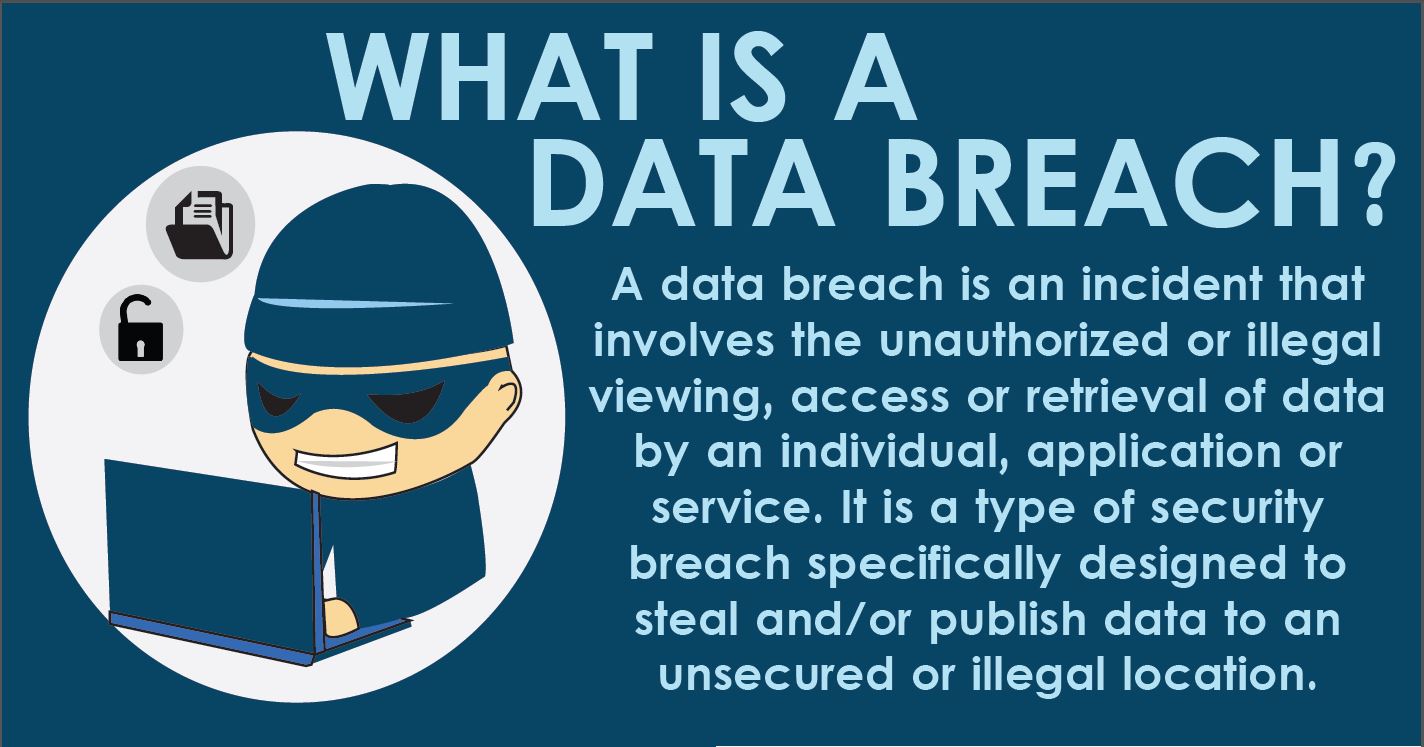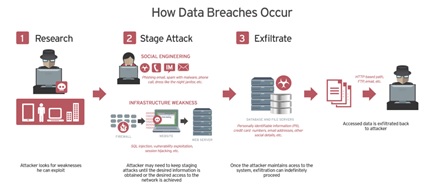

I give clear verbal and written guidelines covering method and safety to enable mothers to continue the course of treatment in the comfort of their home for up to 10 days. Applying moxa is simple to do and it does not involve any needles.
#BREACH MEANING BABY HOW TO#
In a face-to-face consultations, I give a treatment and demonstrate to my patients how to self-administer moxibustion at home. Those in whom none of the above conditions apply can attend online consultations (preferably with a partner) and learn how to apply moxa in the comfort of their home. Previous Caesarean section if more recent than 2 years. History of premature labour or premature ruptured membranes.Ħ. Known abnormality of the uterus or pelvis.ĥ. The exclusion criteria apply for those women with the following conditions:Ĥ. There have been no reported side-effects for mothers or babies. Therefore, it is effective in reducing the need for an external cephalic version (ECV) and contributes to a reduction in the number of caesarean sections which are so often advocated in breech presentation. Published evidence suggests that moxibustion has a positive effect and play a part in reducing the number of breech presentations at term. The scent of moxa is very distinct and many people find it to have a therapeutic and relaxing aroma. It also helps to smooth the flow of Qi and blood and expel pathogenic influences. Generally, moxibustion is used to warm areas of the body with the intention of stimulating circulation and lymphatic flow. A possible mechanism is the influence of moxibustion on maternal cortisol levels leading to increase in foetal movements. There are usually increased foetal movements during the treatment and for a while afterwards. Ten treatments comprise a course, and can be carried out once or twice a day. Moxibustion may be administered for 15–20 minutes each time. The baby at this stage is small enough to turn and big enough to remain in the head-down position. Women with a breech presentation may seek treatment with moxibustion from 32–38 weeks but it is preferably performed around 34 weeks of pregnancy. The heat felt should be warm but not uncomfortable.
#BREACH MEANING BABY SKIN#
The technique consists of lighting a moxa stick and bringing it close to the skin close to the acupuncture point located at the tip of your fifth toe, until it produces hyperaemia (increase of blood flow) due to local vasodilatation. One form used to correct the baby’s position in case of breech position during pregnancy is called indirect moxa – with this method the moxa leaf is pressed into a stick, which can resemble a cigar or small rolls. There are various forms in which moxibustion can be applied. Moxibustion is a traditional Chinese method of acupuncture treatment, which consists of burning the dried leaves of a plant called Moxa (also known as Mugwort) and use the heat generated to stimulate specific acupuncture points on the body.

So what exactly is moxibustion and how can you seek treatment? It is a method that is suggested as an alternative to ECV by the Royal College of Obstetricians and Gynecologists (RCOG) and an increasing number of maternity units across the UK refer patients for moxibustion. Women who have this done describe it as being uncomfortable.Īnother technique called ‘moxibustion’ is used in traditional Chinese medicine to encourage version of the foetus in breech presentation. Up to half of all attempts are successful, but ECV success rates differ in each hospital. Attempting ECV is performed to increase your chances of having a vaginal birth (80% chance) and lower the chances of a caesarean section. They will attempt to turn the baby through a forward or backward somersault to a head-down position.

It involves an experienced obstetrician placing their hands on your abdomen to manually move the baby up and out of the pelvis. In the UK, if your baby is in the breech position you will be offered an External Cephalic Version (ECV), a procedure to turn your baby to a head-down position. If your baby remains breech, it does not usually mean that you or your baby have any problems and if attempts to turn your baby into the head down position have not succeeded, your birth options are either an elective caesarian or a planned vaginal breech birth.

Breech is common in early pregnancy, and by 36-37 weeks of pregnancy, most babies turn naturally into the head-down position. Babies lying bottom first or feet first in the uterus instead of in the usual head-down position are called breech babies.


 0 kommentar(er)
0 kommentar(er)
